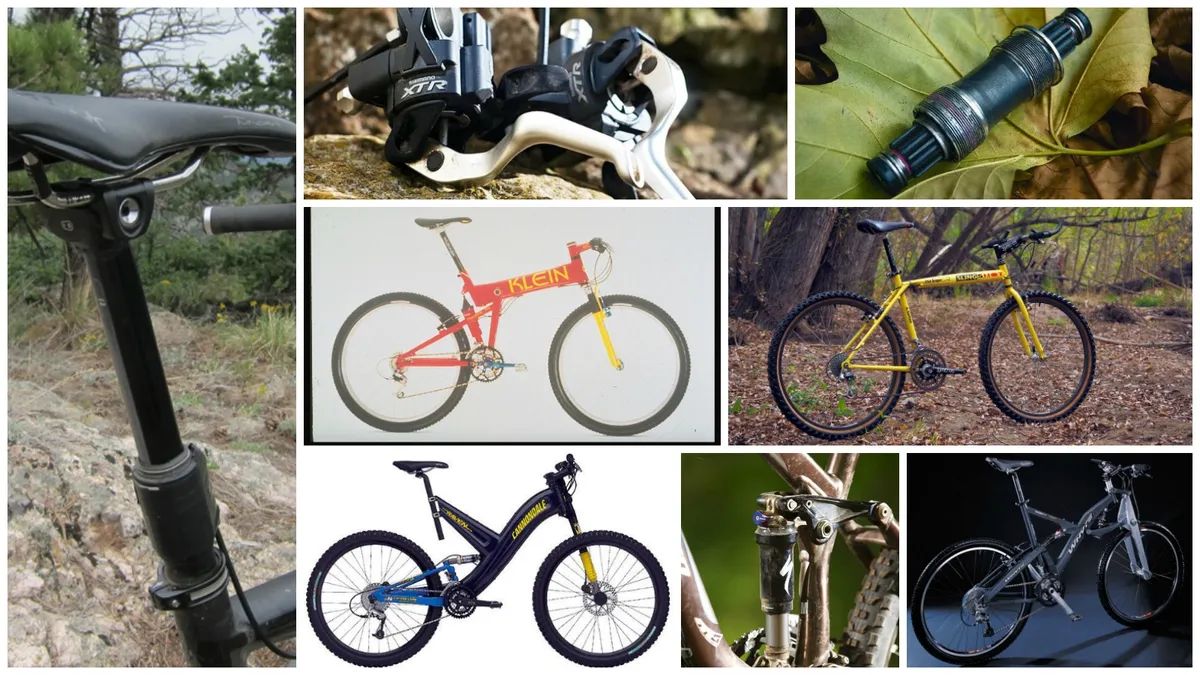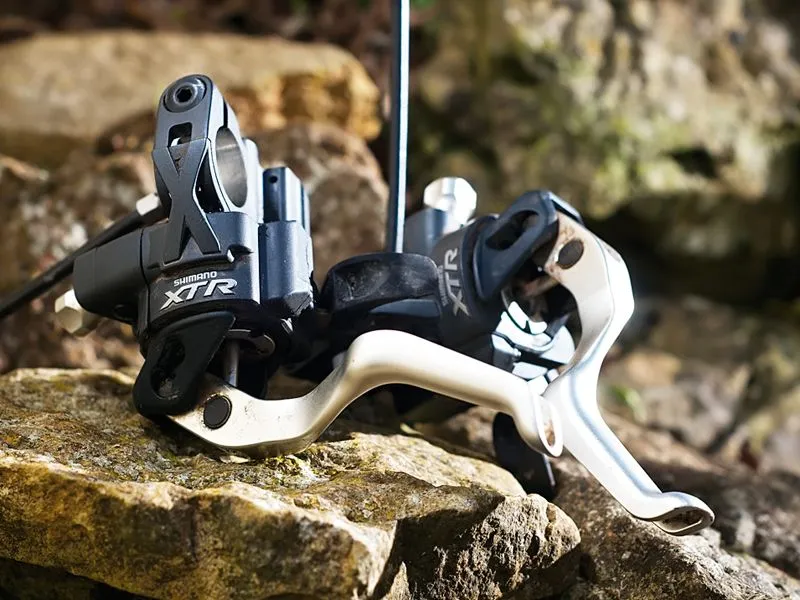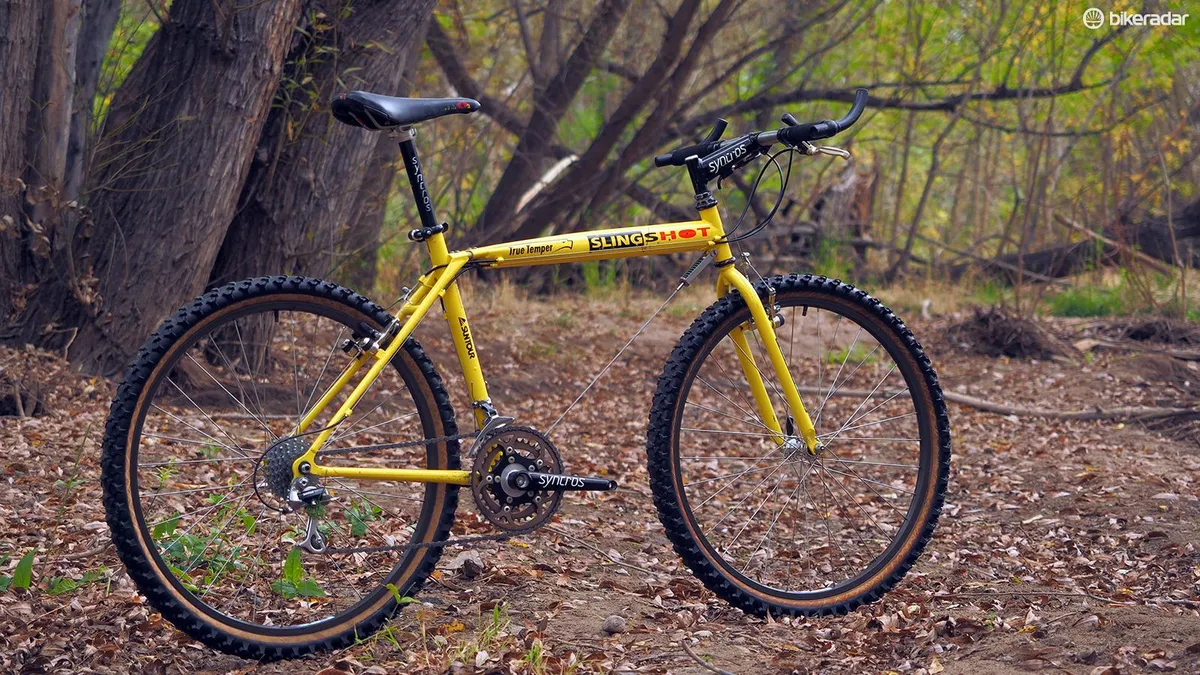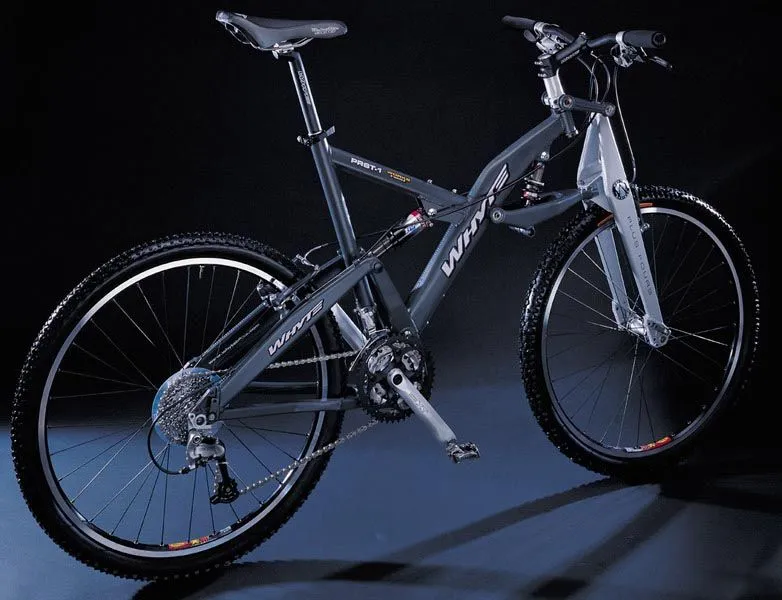While the sport of mountain biking is constantly developing new technology that makes riding faster, more fun and safer, occasionally there are developments that are, how can we put it, misguided.
In fact, sometimes brands get things so spectacularly wrong that they enter history as a facepalm of the highest order. We’ve rounded up eight bikes and products that aimed for stars but fizzled like a soggy bottle rocket.
1. Cannondale Raven
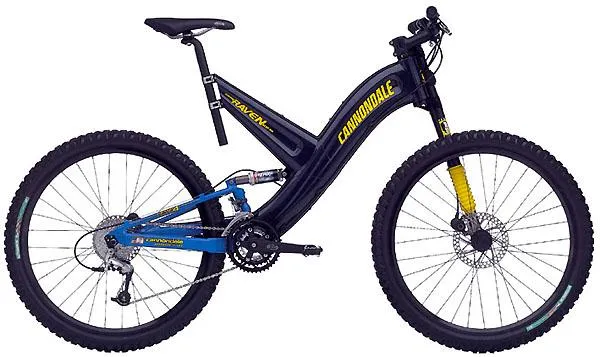
In the year 2000, things were riding high for Cannondale. The brand was busy developing a motocross bike to rival those made by the giants like Honda and Yahama, all based off a bicycle building business that was the last word in high tech.
The Raven was a carbon dream of a bike, with futuristic look that dripped in advanced technology. The main frame was build around a magnesium ‘spine’ onto which a carbon fibre thermoplastic shell was laid. This meant that compared with the previous year’s model it dropped a fairly staggering 590g from the frame alone. However, the headline weight savings quickly looked a touch foolish when the frames began breaking at a staggering rate, triggering a product recall.
The solution offered up by Cannondale to owners was to inject the area with an expanding resin to boost strength. It worked – to a degree – but the fix was extremely weighty and the bikes already had a reputation for failure. Strangely enough, this wasn’t the worst news at Cannondale at that time as the motocross project had turned into a huge and expensive failure, bankrupting the company in the process…
2. Whyte PRST-1
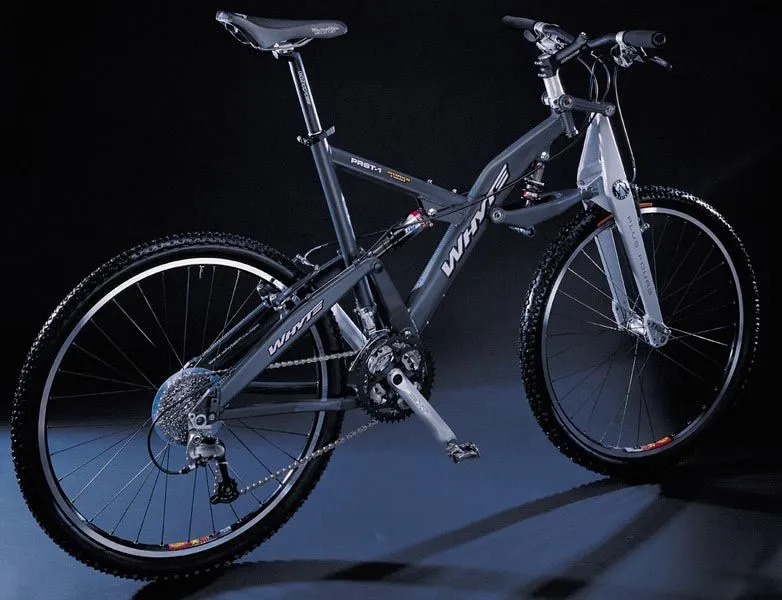
In many ways, the Whyte PRST-1 was a groundbreaking bike. Designed by a pair of F1 engineers, it had a number of innovative features than put it years ahead of its rivals, with everything from clever quick release bolt up axles to an innovative aluminium monocoque frame.
The standout feature was that instead of a conventional telescopic front fork, it used a linkage system driving a shock. While this provided suspension performance far more sensitive than normal units of the time, it also had some rather unpleasant side effects. Thanks to a J-shaped axle path, under heavy braking or hard cornering, the fork had a rather unpleasant tendency to tuck itself backwards before diving hard with rather predictable consequences for the rider. The special spherical bearing that allowed the fork to move and steer was also a weak point – to say it had an appetite for destroying them would be an understatement. It may have spawned a highly successful brand, but the linkage fork of the PRST-1 was never seen again, to the relief of many.
3. Klein Mantra
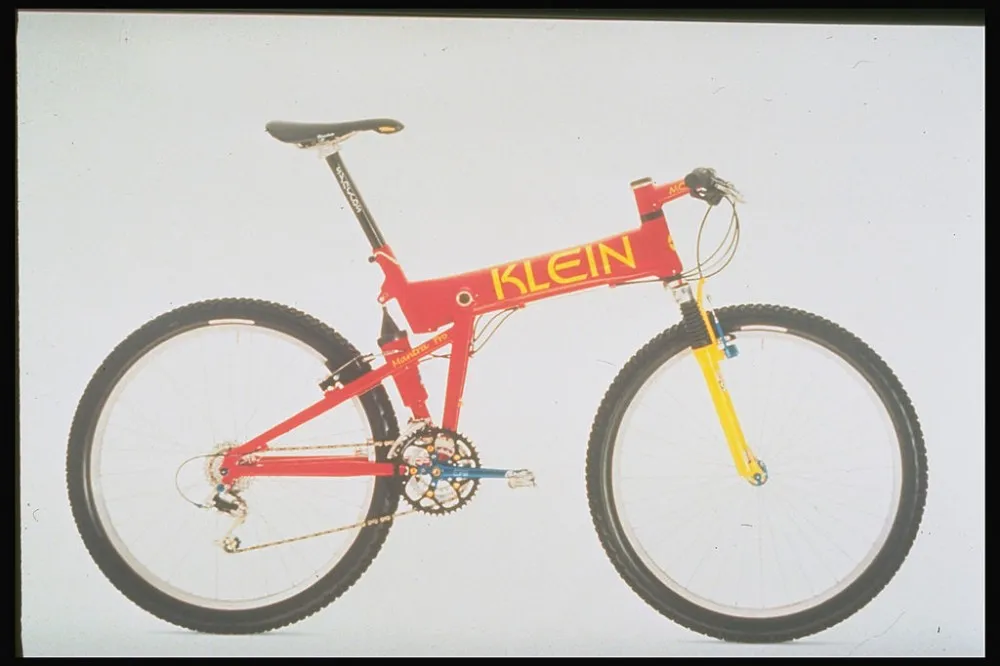
The Mantra was a beautifully odd looking thing, marrying a unified rear triangle suspension back end to a frame that was more of a beam. Add in the legendarily lovely Klein finish – the paint being reputed to cost around $1,200 a gallon – and you’ve got an eye-catching bike that had many lusting after it.
So what could possibly be wrong with it? Well, the unified rear triangle was a fairly flawed concept as suspension goes, namely in that your feet are still attached to the swingarm, so every bump you go over is transferred to you. The killer blow for the Mantra was the fact it had a really high pivot. That meant that as the suspension moved, the wheelbase would lengthen and contract, with heavy braking putting you in particular danger of the bike scissoring in half and launching you over the bars with little warning.
4. Crankbrothers Kronolog dropper post
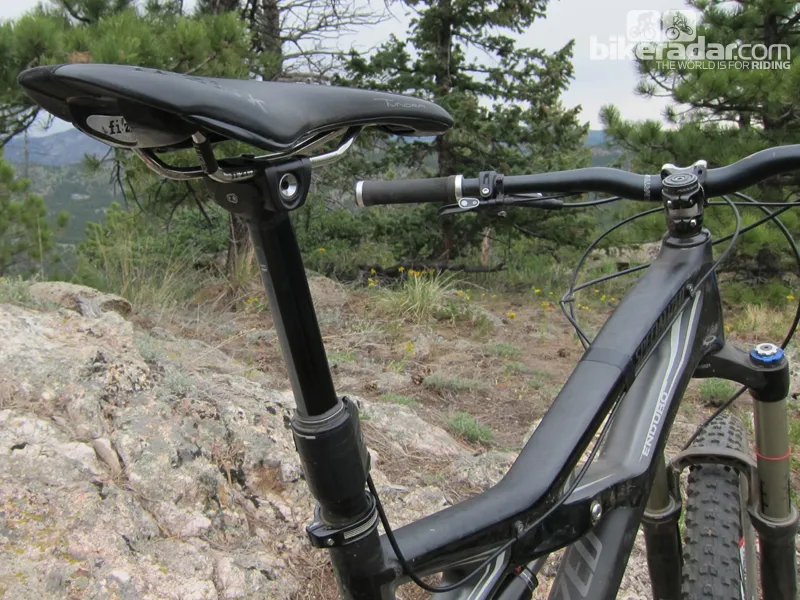
It’s fair to say that Crankbrothers has had its fair share of troubles with some of its product range in the past. Most of those pale into insignificance, though, compared with the almighty failure that was the rather unfortunately named Kronolog.
Crankbrothers was one of the first brands to offer a stepless dropper post with the Joplin, which was developed from the groundbreaking Maverick Speedball. The firm took a rather different tack, moving from hydraulic operation to a mechanical design that, in theory, should have improved reliability. This was in the days before internal post routing, so having the remote cable fixed at the seatpost clamp was a neat touch too. It was good in theory, but in practise it was plagued by reliability issues, with the mechanical post locking mechanism wearing out or seizing up over time, while the remote action was heavy. This was one dropper post that got dropped really rather quickly.
5. Shimano Dual Control shifter and Rapid Rise derailleur
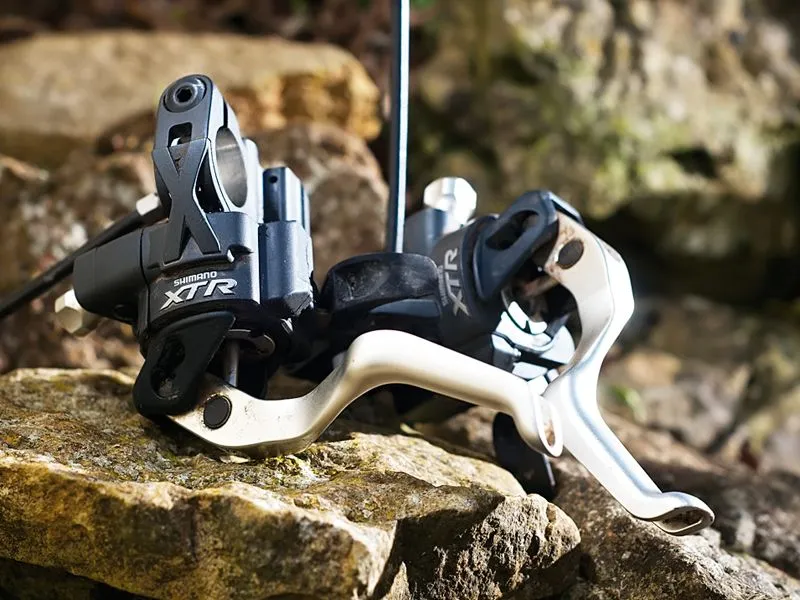
While the history books are filled with amazingly executed ideas from the Japanese giant, it’s also littered with a few concepts that were probably best forgotten. The theory behind Dual Control was to introduce the road-bike style shifting and braking to mountain bikes. That means that the brake lever was now used to shift as well as performing braking duties.
It's a good idea in theory – one nice integrated unit – but it had some downsides. First was that having a something bulky and complicated hanging off the front of the bars was a recipe for needing a very expensive replacement after fairly minor crashes and tumbles. While that was a bit of a pain though, it’s not like mountain bikers don’t break kit – usually in a costly fashion.
The main reason the idea never caught on was the fact that the design made it rather hard, verging on impossible, to shift and brake at the same time. Having a brake lever that could flap up and down as well as pull in and out made it tricky to judge brake feel and force. Add the fact that Shimano also chose this moment to introduce Rapid Rise rear derailleurs, where the normal order of shifting was reversed, and the hills were alive with the sound of crunching gears as riders mis-shifted all over the place. Just one more example where what’s good for road cycling is bad for off-roading.
6. Specialized Future Shocks

Back in 2007, Specialized took the bold step of deciding that making bikes but having to design them around other people’s suspension was no way of doing things at all. To that end, the Big S got a legendary bike suspension designer Mike McAndrews on board. With a history that included working with RockShox on a number of projects, helping develop the original Fox Forx and even designing the inertia valve ‘Brain’ suspension during another stint at Specialized, if anyone had the experience to develop something as complicated as new fork and shock technology from the ground up, it was him.
Under the FutureShock banner, high end Specialized bikes came with own-brand suspension designed to work in perfect harmony with the frame. Despite the amount of innovation and impressively low weight though, many of the models suffered hugely with reliability woes and lack of sensitivity. After numerous modifications and design iterations, the FutureShock project was quietly shelved in favour of working alongside dedicated suspension manufacturers such as Fox and Ohlins after a couple of years.
7. ISIS bottom brackets
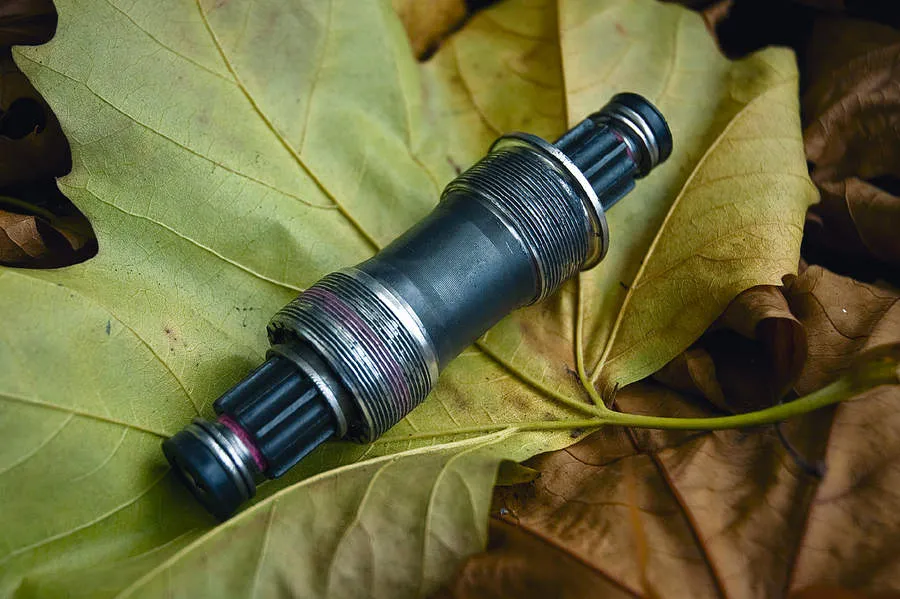
The ISIS bottom bracket was designed to get over some of the limitations of the square-taper bottom brackets that had been fitted to bikes since time immemorial. Their drawback, unsurprisingly for decades-old road bike technology, was that under heavy use or with improper installation, the square taper would start to round off, leaving both bottom bracket and cranks ruined.
ISIS instead used splines along with a larger diameter axle to ensure a totally tough and consistent connection. The fatal flaw was that using a larger axle while still keeping the bearings inside the bottom bracket shell meant that the ball bearings themselves were much smaller. That made them much more prone to wearing and becoming sloppy, especially once dirt was thrown into the mix. Tales of high-end bottom brackets lasting mere months were commonplace and warranty replacements kept bike workshops merrily ticking over. ISIS was finally consigned to history with the introduction of outboard bearing designs, which allowed bigger axles along with bigger, tougher bearings. Good riddance.
8. Slingshot bikes
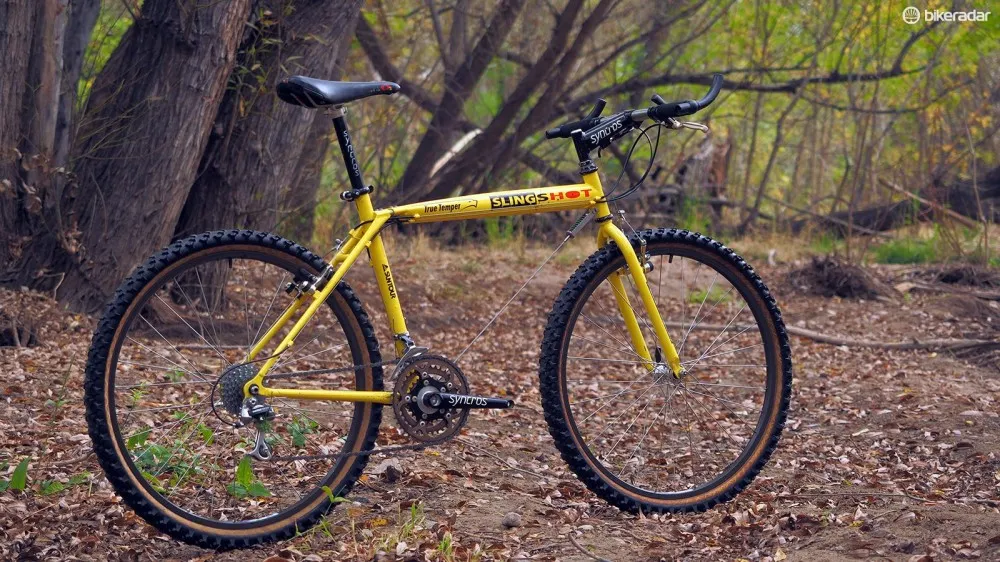
Triangles are the strongest geometric shape, hence most bicycles being made of them. With that in mind, it’s somewhat curious that it made perfect sense (and still does) for Slingshot to remove one of the fixed sides of the main triangle and replace the downtube with a spring-loaded steel cable. Yes, this adds a degree of suspension thanks to the inherent flex in the design but oddly enough, this flex also works laterally, with somewhat ‘interesting’ effects on the handling. It was often rumoured that it was possible to avoid an obstacle by twisting the frame hard enough place the front wheel on one side of it and the rear wheel on the other. Not ideal, by any means. However, you can still buy brand-new Slingshot bikes, so if this has piqued your interest in a positive way then feel free…
If you've got any suggestions for products that we should have added or have owned any of these, then feel free to let us know in the comments or on our Facebook page.
